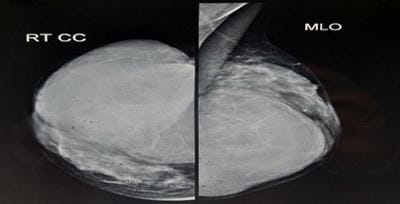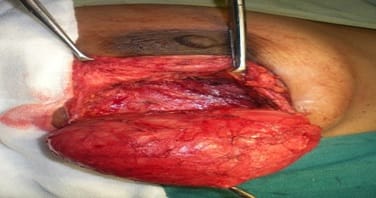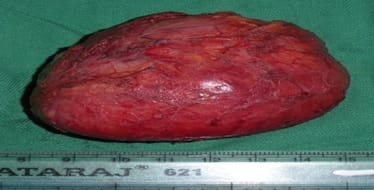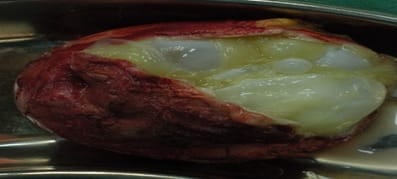A rare case of hydatid cyst in the breast in a tertiary care hospital in Bangalore, Karnataka, India
Vikram. H. C. V.1, Manasa S.2*
DOI: https://doi.org/10.17511/ijoso.2020.i04.10
1 Venkatesh Vikram. H. C., Medical Director, Department of Microbiology, Sagar Hospitals DSI, Bangalore, Karnataka, India.
2* Manasa S., Junior Infection Control Officer, Department of Microbiology, Sagar Hospitals DSI, Bangalore, Karnataka, India.
Hydatid disease is a well-known entity since the era of Hippocrates. Although breast is one of the rare sites for the occurrence of hydatid disease, it has been well evaluated with the various newer imaging modalities and its imaging features are well described in the literature. A 41-year-old female presented with a painless well-defined lump in the right breast without any history of pain, trauma, discharge from the nipple, fever, or drug misuse. This case was diagnosed preoperatively by FNAC, ultrasound, and was confirmed by surgery. Hydatid disease of the breast should form the part of the differential diagnosis of cystic diseases of the breast especially in an endemic country like India. Awareness of this entity can make the pre-operative diagnosis even without cytological examination, which is very helpful in the management of the patient.
Keywords: Hydatid disease, Breast, Hydatid cyst, Painless swelling of breast.
| Corresponding Author | How to Cite this Article | To Browse |
|---|---|---|
| , Junior Infection Control Officer, Department of Microbiology, Sagar Hospitals DSI, Bangalore, Karnataka, India. Email: |
Venkatesh VHC, Manasa S. A rare case of hydatid cyst in the breast in a tertiary care hospital in Bangalore, Karnataka, India. Surgical Rev Int J Surg Trauma Orthoped. 2020;6(4):282-285. Available From https://surgical.medresearch.in/index.php/ijoso/article/view/194 |


 ©
© 



